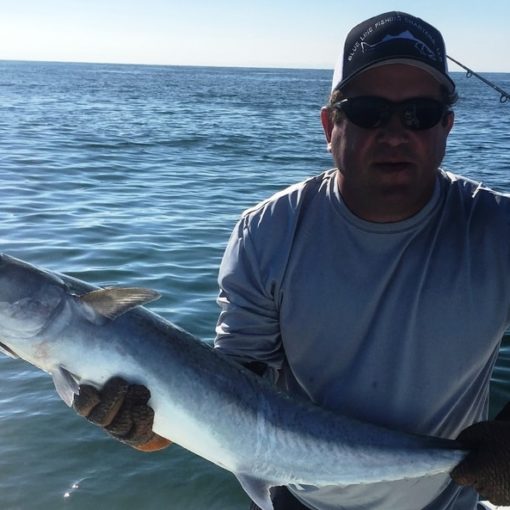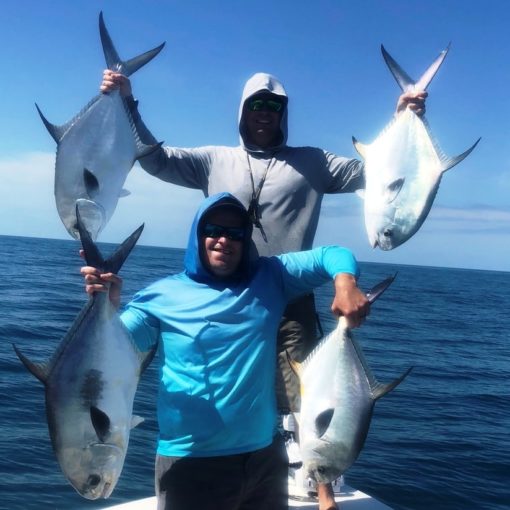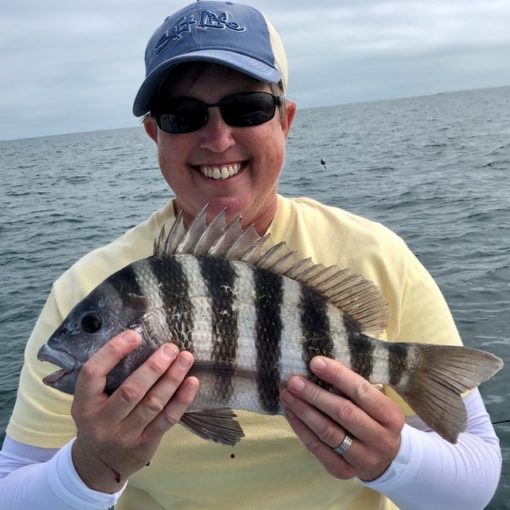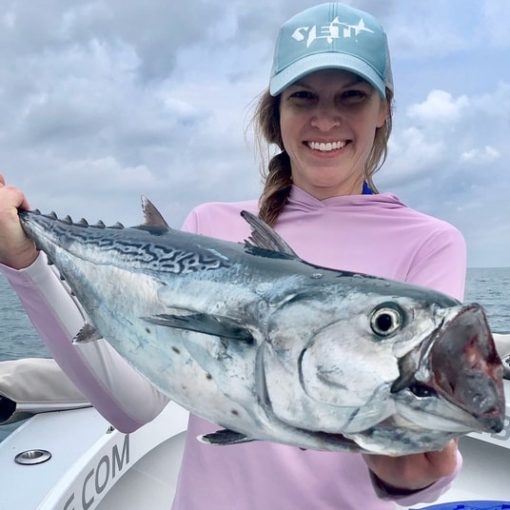Lutjanus griseus, common name grey snapper but also called mangrove snapper, is a marine fish indigenous to the western Atlantic Ocean and Gulf of Mexico. ‘Griseus’ comes from ‘gris’, the Latin word for grey and refers to the fish’s overall underlying greenish grey coloration. There is usually a reddish tint to the grey, which can vary from very pale to a dark coppery red. The red also often creates an attractive lateral barring pattern down the sides of the fish. This pretty coloring is topped off by rows and rows of small orangey red spots.
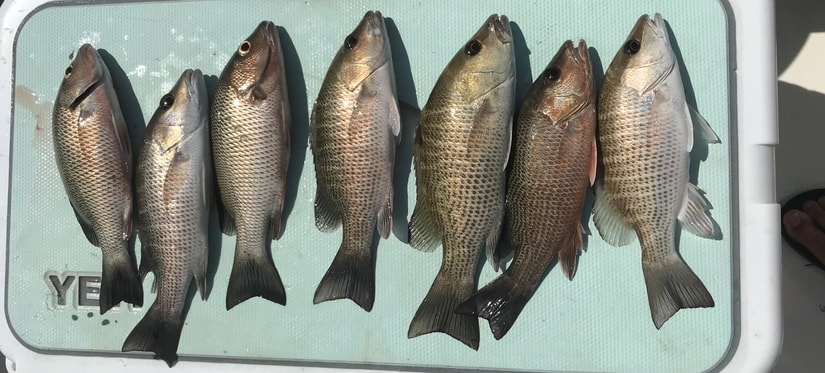
Mangrove Snapper (Grey Snapper)
Tussling with a mangrove snapper is a very popular pastime with recreational anglers. The snapper live in schools, which makes them good game fish for several reasons. One – the schools are fairly easy to spot if you know where to look for them. Second – experienced anglers can often catch quite a few in a relatively short space of time.
Mangrove snapper will readily take the correct type of bait but they do put up a good fight, two more reasons for their popularity. They abound in the waters around Cape Coral, Captiva, Pine Island and all of Southwest Florida. We specialize in arranging custom Cape Coral, Pine Island and Captiva fishing charters for snapper and other near shore species.
Mangrove snapper are particularly abundant along the coastline here in Florida. Our mangrove swamps, estuarine wetlands, grass flats, canals, and other brackish environments create some of its favorite habitats. In fact, the fish gets the name ‘mangrove’ snapper because of its particular fondness for hanging out in mangroves. The dense intertwining mangrove roots provide structural protection, which they like, and food.
While they do favor mangroves, mangrove snapper are actually very adaptable. They can be found in and around protective structures in a wide range of near shore and open water environments. Tree roots and other protective vegetation in wetlands and canals suit them perfectly. In coastal environments, they collect around man-made structures such as shipwrecks, docks, and ocean debris. Out in open waters mangrove snapper live close to reefs and other structures on the sea bottom.
Mangrove snapper prefer to spawn in offshore coastal reefs. A full spawning season can run from April to November but most of the action happens over summer during full moon periods. Snappers are aggregate or group spawners and produce ‘bottom dwelling’ (demersal) eggs. ‘Group spawning’ means that males and females come together to spawn in large groups called spawning aggregations.
During spawning, sperm and eggs are released directly into the water where fertilization takes place. This is called broadcast spawning. The eggs settle and remain on the bottom until they hatch into larvae around 20 hours after fertilization.
The newly hatched larvae feed on plankton until they reach post-larval stage. At this point, they move into estuarine habitats where mangroves and seagrass beds provide food and protection. They’ll remain in the relative safety of these environments until they’re around 8cm long before migrating to shallow rocky waters and coastal reefs.
The mangrove snapper is one of the smallest members of the snapper family. Although large specimens have been found, they rarely grow much longer than 18 inches. A typical adult weighs around 10 lbs. However, their smallish size doesn’t detract from the fact that they are a great sporting fish. Easy to find and catch, a good fighter when hooked, and in plentiful supply! Like most fish in the snapper family, the mangrove snapper is excellent for the dinner table. They are not fishy tasting and cook well with light seasonings that are sure to please the pickiest of fish eaters. That’s a lot to love about fishing for mangrove snapper.
When it comes to customized mangrove snapper fishing charters, Cape Coral based Blue Line Fishing Charters is the best. Contact us to arrange your next great fishing adventure!

